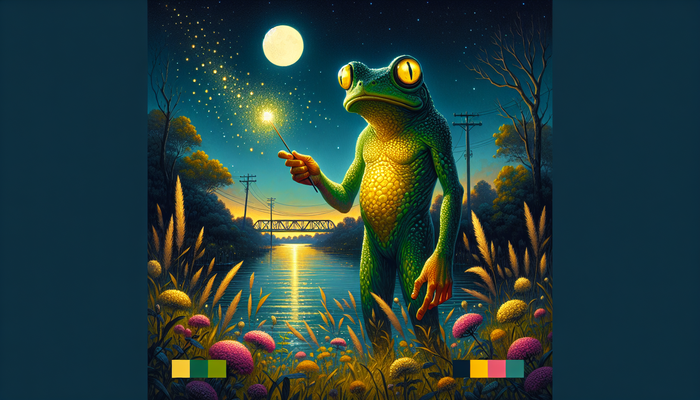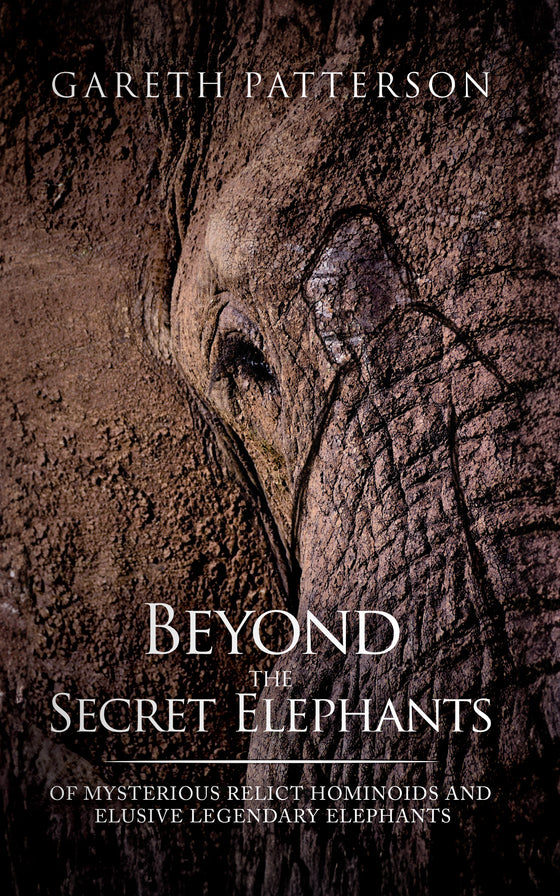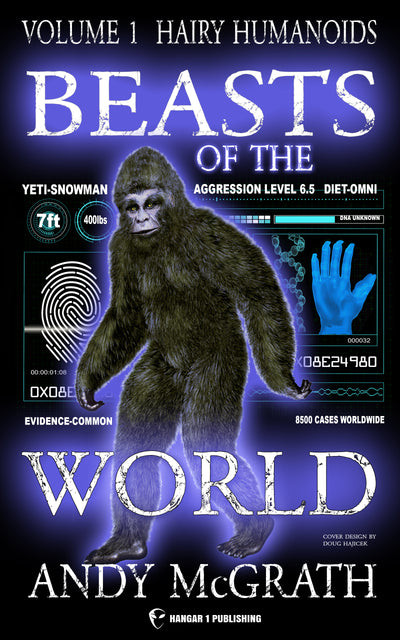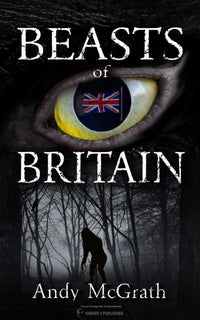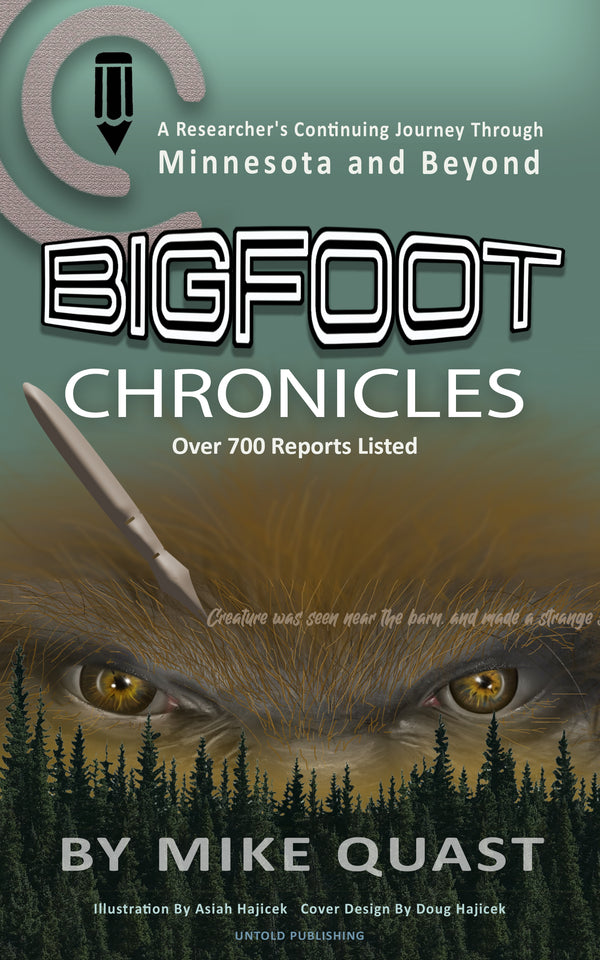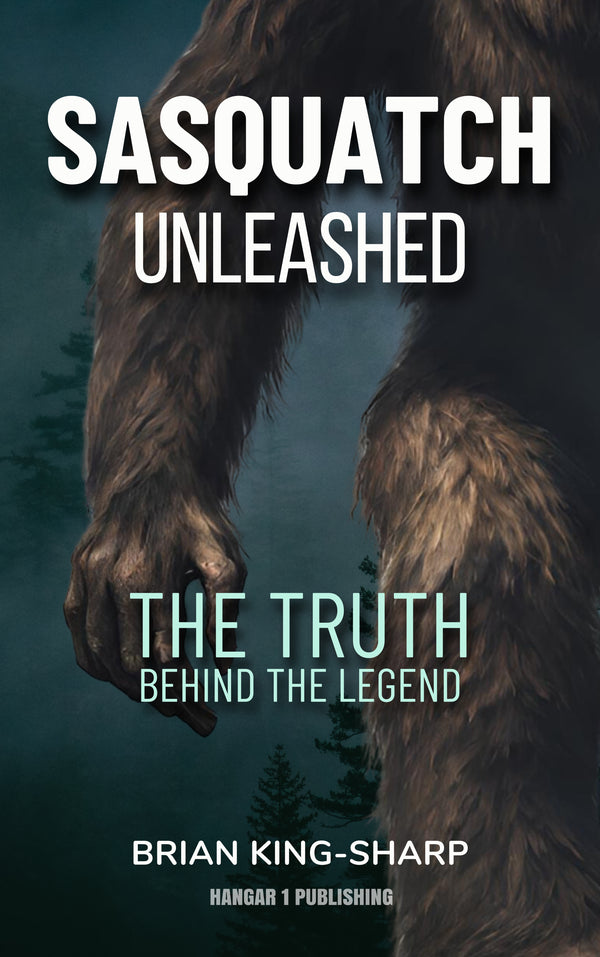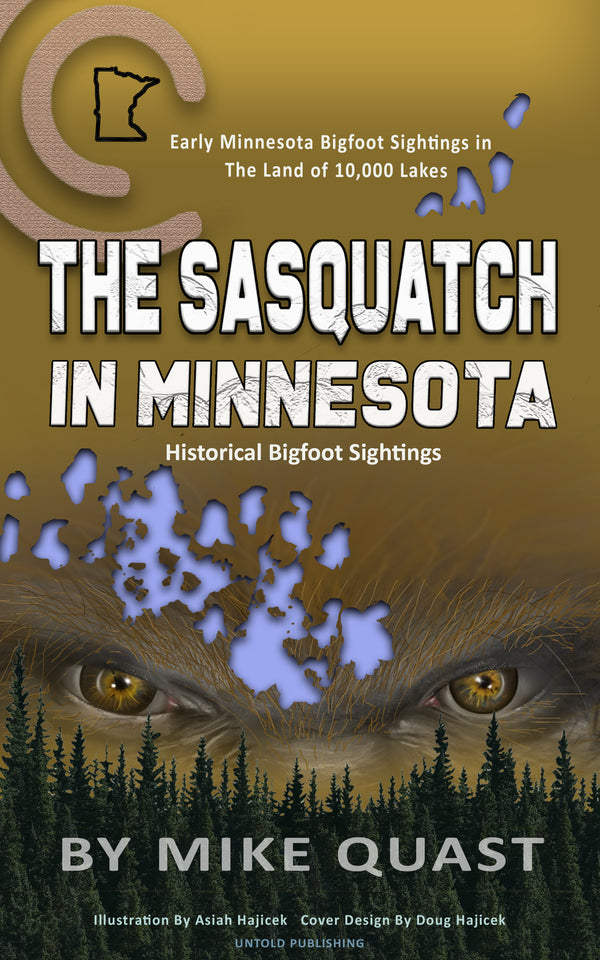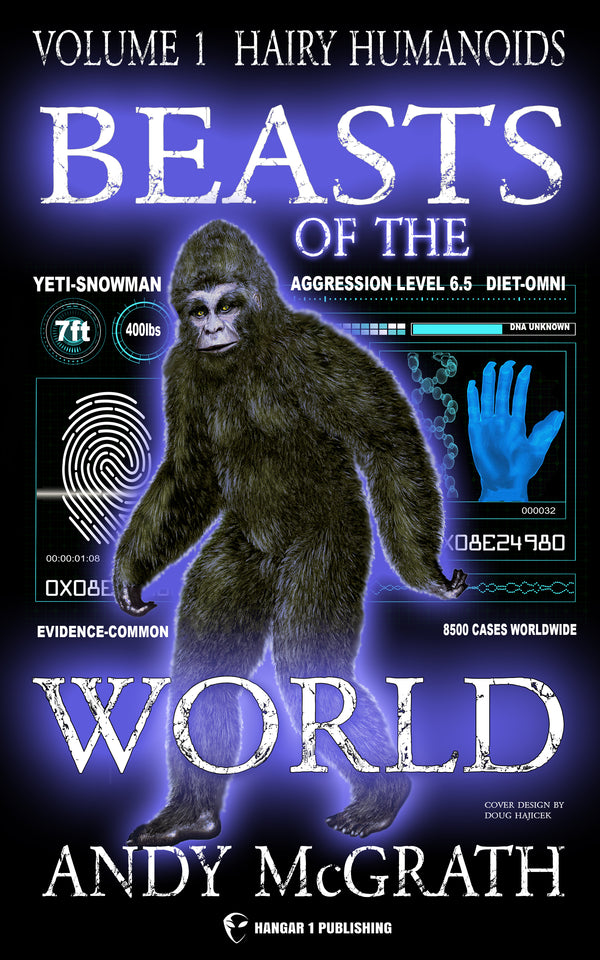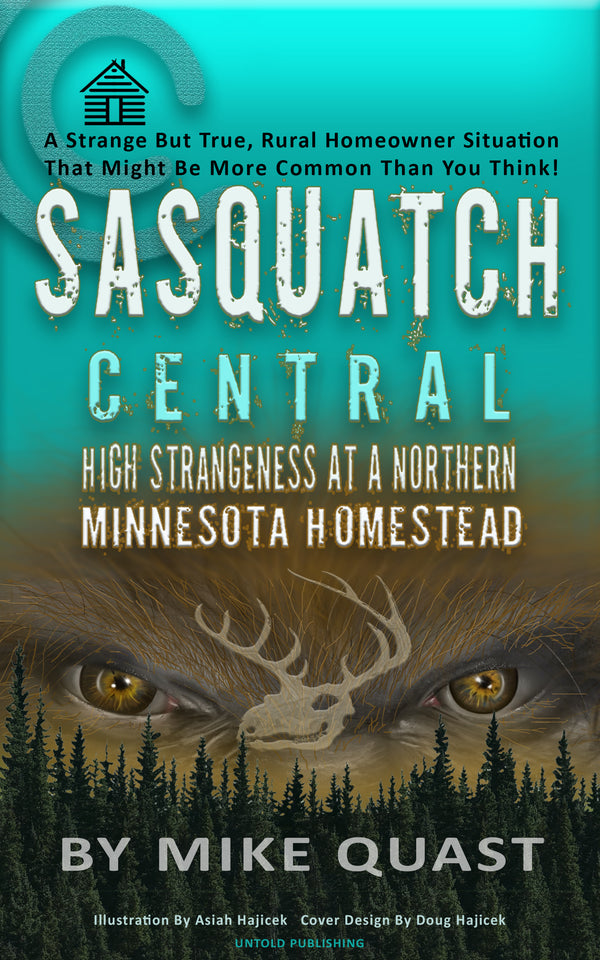The Sierra Sounds: The Startling Sounds Sparking Bigfoot Buzz!

By Jack Sullivan, Bigfoot Researcher
Exploring the Enigma of Bigfoot Through Eerie Audio Evidence
The stillness of the Sierra Nevada mountains is suddenly shattered by a bone-chilling series of whoops, howls, and guttural utterances. My heart races as I glance around nervously, gripping my audio recorder. What primal creature could be making these disturbing vocalizations? I've dedicated years to cryptozoology and the pursuit of Sasquatch, but the enigmatic Bigfoot Sierra Sounds still give me goosebumps every time.
These intriguing recordings captured by Alan Berry and Ronald Morehead in the 1970s are the stuff of legend in the Bigfoot community. The complexity and diversity of the sounds defy easy explanation and have sparked endless debate over their origins and authenticity. As a Bigfoot enthusiast living near the Olympic National Forest, I'm captivated by the cultural impact and scientific scrutiny provoked by the Sierra Sounds. Let's explore the mysteries they contain and why these startling audio clips continue to fuel the collective imagination and research of those seeking answers in the uncharted wilds.
The Discovery of the Sierra Sounds
It all began in 1971 when Ronald Morehead, a hospitality manager and church administrator, learned of some frightening encounters at a remote High Sierra deer hunting camp. Morehead's friend recounted noises and massive footprints which had terrified the hunting party. When another member refused to return to the camp, Morehead agreed to join the next trip to allay their fears.
Morehead met journalist Alan Berry on these follow-up trips in 1971-1972. Berry brought audio recorders and cameras, skeptical but eager to uncover the truth. It wasn't long before the menacing vocalizations began emanating from the surrounding ridges. The recordings captured everything from high-pitched whistles to disturbing "Samurai chatter." Revisiting the camp for years, Morehead and Berry amassed a trove of bizarre audio evidence. Their Sierra Sounds shook the foundations of Bigfoot research.
Analyzing the Sounds: Language or Hoax?
In a stunning development, R. Scott Nelson, a former Navy cryptologic linguist, detected characteristics of language in the Sierra Sounds. Nelson identified distinct phonemes and created a "Sasquatch Phonetic Alphabet" to transcribe the vocalizations. Some believe the recordings even represent Bigfoot names and jokes! But several skeptics have challenged the Sierra Sounds' authenticity.
Linguist Karen Stollznow argues that no Bigfoot language can exist until their existence is proven. She accuses Nelson of bias, trying to validate the tapes instead of objectively analyzing them. Indeed, hoaxes are common in cryptozoology. But the remote Sierra camp location and witnesses' reputations argue against fabrication. Neither money nor fame motivated Morehead and Berry. If a hoax, why go to such lengths? As an investigative reporter, Berry sought to debunk the story. But even he became convinced the sounds were genuine.
The Sierra Sounds in the Bigfoot Community
Despite lingering doubts, Bigfoot believers embrace the Sierra Sounds as excellent evidence. The tapes' complexity and clarity set them apart when compared to other recordings. Some enthusiasts have dangerously "sound blasted" the area to provoke responses. I prefer less invasive camera traps and audio recorders to document these elusive creatures respectfully. As a researcher, I know technology can provide insights, but relationship and trust are key to meaningful encounters.
The Sierra Sounds' diversity fascinates me. Experts like vertebrate paleontologist Darren Naish note the many variations in reported Bigfoot vocalizations. This complexity exceeds expected single-species communication. But what if Bigfoot represents an extant hominin species like Neanderthals? Varied cultures and languages would explain the differences. Or are the diverse sounds misattributed animal calls? Skeptics consider this possibility. However, the Sierra Sounds' uniqueness leaves the question open.
Scientific Scrutiny and Validation
Seeking answers, Berry and Morehead sent the tapes for acoustic analysis in the 1970s. Dr. R. Lynn Kirlin determined no evidence of hoaxing or alteration. The University of Wyoming studied them further. The data showed a broader vocal range and longer vocal tract than humans possess. One sound required a vocalizer between 7'4" and 8'2" tall.
Only one in 40,000 people reach 7 feet. Encountering an 8-foot Bigfoot at a remote camp miles from civilization would be astonishing. Of course, vocalizations alone can't prove Bigfoot's existence. But the Sierra Sounds provide a tantalizing piece in the puzzle. Recordings avoid the blurriness of photos and fleeting glimpses of videos. They've even stood up to scientific scrutiny, giving the Bigfoot community hope.
Bigfoot in Native Legends and Culture
The Sierra Sounds also connect to the rich cultural history of Bigfoot depictions. Indigenous tribes like the Chinook and Sts'Ailes called these giants "Sasquatch" long before the term entered pop culture. Native American narratives describe loud nocturnal cries from huge, hairy forest dwellers. The Iroquois told of Stone Giants who granted magic gifts. Intriguingly, the Sierra Sounds echo these ancestral stories.
Some say Bigfoot is supernatural, living partially in other dimensions. Quantum physicist Ron Morehead proposes Bigfoot can activate "latent space." Advanced abilities like invisibility and telepathy do feature in tribal accounts. But Bigfoot's physical traces suggest flesh-and-blood creatures. As a researcher, I'm wary of paranormal explanations that defy scientific inquiry. But indigenous traditions should inform our understanding of these elusive beings.
The Role of Technology in Bigfoot Research
Advancing technology expands the horizons of Bigfoot research. The Sierra Sounds stemmed from 1960s recorders. Today's ultra-sensitive audio devices detect subtle cues impossible then. Enhanced camera traps remotely monitor remote areas where sightings occur. Drones scout terrain and thermal imaging reveals heat signatures. DNA analysis can extract biological evidence from hair and scat.
Technology has limitations, however. Photos and videos remain blurry and inconclusive. And Bigfoot's intelligence stymies surveillance. Collecting DNA without capturing a specimen is challenging. As much as technology aids my own expeditions, patience and ethics matter more to me than gadgets. I strive to avoid disturbing these creatures' habitat with excessive lights and noise. Still, I eagerly follow the latest innovations, hoping they might uncover indisputable evidence one day.
The Quantum Bigfoot Theory
Ron Morehead, who recorded the Sierra Sounds, theorizes Bigfoot exhibits quantum traits. Morehead correlates eyewitness reports of telepathy, invisibility, and interdimensional travel with quantum physics concepts. This "Quantum Bigfoot" model suggests these hominins possess an advanced consciousness permitting seemingly supernatural abilities.
Admittedly, the notion intrigues me. As an amateur quantum physics enthusiast, I appreciate Morehead's creativity. And quantum theories do attempt to explain peculiar Bigfoot behaviors. But extraordinary claims require extraordinary proof. Without solid supporting evidence, these ideas remain speculative. Perhaps in time, empirical data will demonstrate quantum effects in biological organisms. For now, I'm wary of pseudoscience diluting serious Bigfoot research. Still, all theories should get a fair hearing. As Carl Sagan said, "Keep an open mind, but not so open your brains fall out!"
Ecological Plausibility and Skepticism
In reality, Bigfoot's purported abilities are secondary to demonstrating its existence. Some question whether sufficient habitat and food sources exist to sustain breeding Bigfoot populations. But remote forests provide ample cover and sustenance. Bigfoot's reported intelligence and avoidance of humans aid survival. Their elusiveness stymies skeptics. But as Jane Goodall notes, "One should not have to be killed in order to establish existence."
Valid skepticism strengthens research by demanding solid evidence. However, knee-jerk dismissals ignore the volumes of eyewitness accounts. As an amateur cryptozoologist, I acknowledge the lack of a Bigfoot type specimen. But I find the eyewitness reports I collect here in the Pacific Northwest consistent and credible. Hoaxes and misidentifications happen, but not every sighting is invalid. My community's shared experiences keep hope alive that science will one day confirm what many know in their hearts.
Conclusion
The Sierra Sounds' origins remain uncertain decades later. But these recordings have left an indelible mark on Bigfoot research. Their otherworldly nature captures our imaginations and hints at the mysteries that may lurk just out of sight. Despite doubts about the tapes' authenticity, their cultural impact is undeniable. The Sounds continue inspiring new generations to search the ancient forests.
Like any researcher, I long to encounter Bigfoot firsthand. But the real joy is being part of a community united by wonder, curiosity, and adventure. Our collective journey of discovery is the goal, regardless of where the evidence leads. Perhaps these secrets will remain hidden for now, but the Sierra Sounds call us onwards to explore the unknown. Even if Bigfoot's existence remains unproven, the passage of time only deepens the enigma's allure. The search itself yields treasures beyond any definitive conclusion. But with an open mind and persistence, who knows what revelations the next expedition may reveal? I for one can't resist the siren song luring us onward into the wilds.
Call to Action
What hidden knowledge might the Sierra Sounds still hold? I invite you to listen and draw your own conclusions. Please share any insights, theories, or experiences you have relating to these recordings or Bigfoot in general. Let's keep fostering open-minded, evidence-based discussion on this fascinating subject. The collective wisdom of communities like ours helps inch closer to understanding nature's mysteries. Please reach out and join the adventure!
From Bigfoot to UFOs: Hangar 1 Publishing Has You Covered!
Explore Untold Stories: Venture into the world of UFOs, cryptids, Bigfoot, and beyond. Every story is a journey into the extraordinary.
Immersive Book Technology: Experience real videos, sights, and sounds within our books. Its not just reading; its an adventure.


